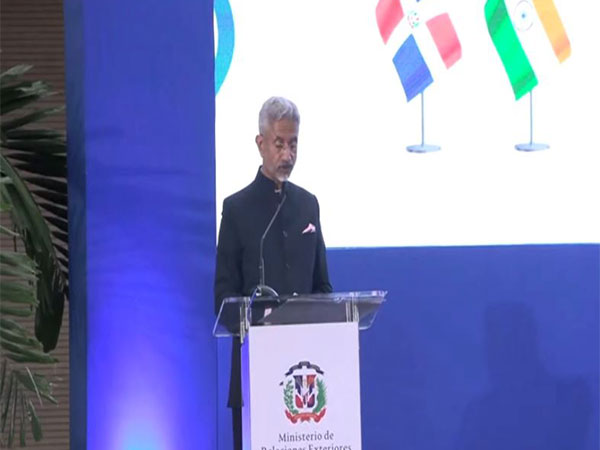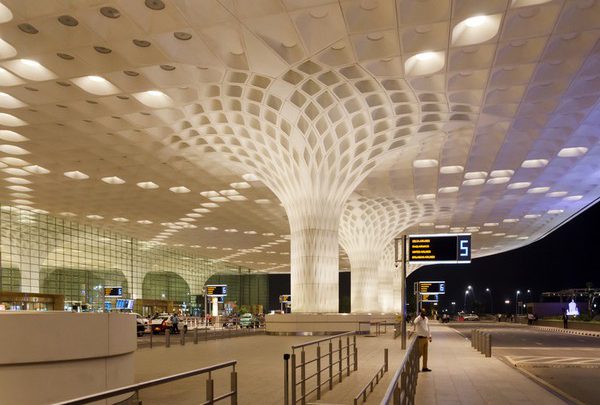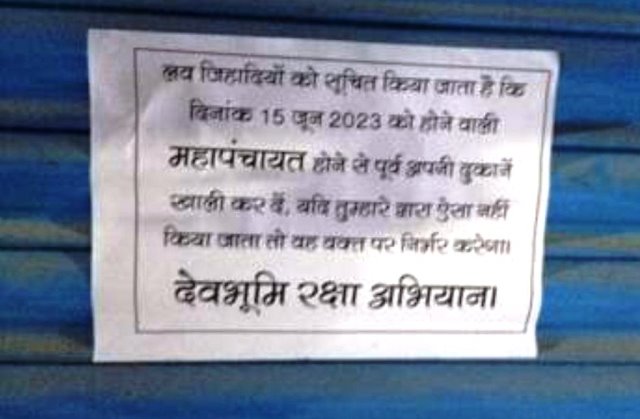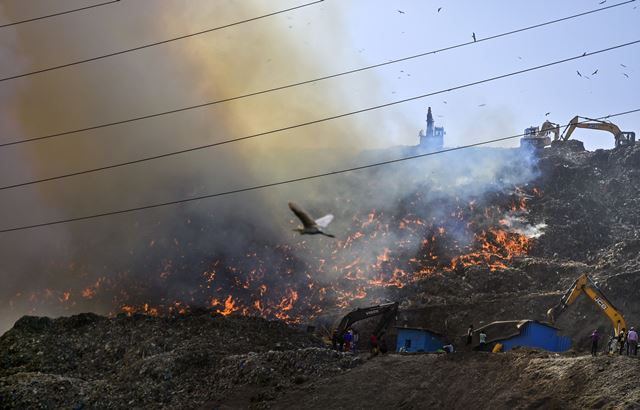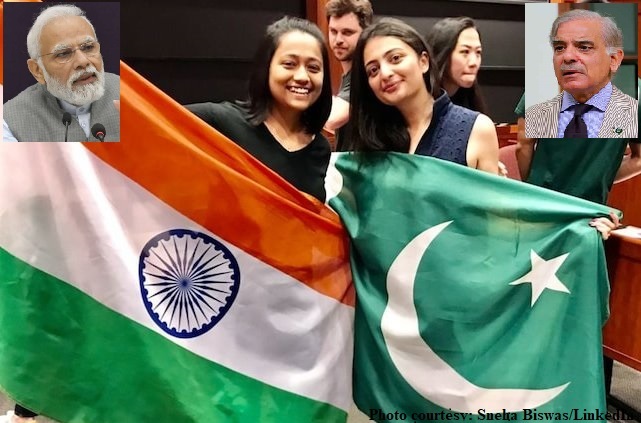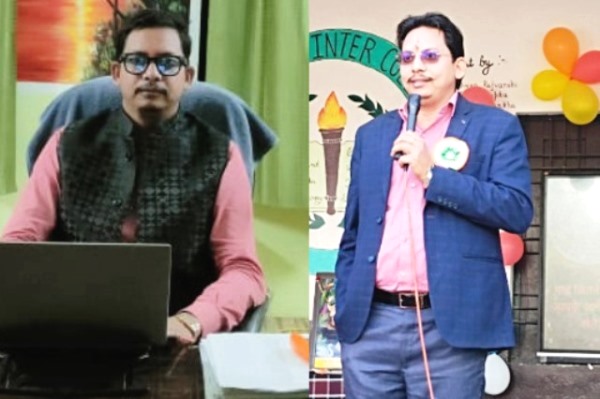Prime Minister Narendra Modi on Tuesday targeted parties opposed to BJP including the Congress, Trinamool Congress and RJD and said there are dynastic parties that indulge “in nepotism and corruption” while the BJP-led government works to safeguard the future of the youth.
Addressing the National Rozgar Mela via video conferencing in which he distributed about 70,000 appointment letters to new appointees in various government departments and organizations, PM Modi said the entire world is eager to partner with India in its growth journey today.
In his speech, the Prime Minister talked about the ills of “dynasty politics and nepotism in the recruitment process” without taking the name of any political party.
In an apparent reference to reports about the probe into teacher recruitment scam in West Bengal revealing “rate card” for appointment to group D and group C services in municipalities and municipal corporations, he cautioned the youth about political parties “which engage in dynastic politics and loot the youth in the name of jobs”. The “scam” took place during Trinamool Congress government headed by Chief Minister Mamata Banerjee.
“One one side there are dynastic parties, those who indulge in corruption, indulge in the loot of the youth. Their way is ‘rate card’ while we work for safeguarding the bright future of the youth. The rate cards destroy your dreams while we are working to fulfil the dreams. The country will decide whether the future of the youth will be governed by the rate card or by the safeguard,” he said.
“How a rate card was prepared for every job posting similar to that of a menu card in a restaurant,” he asked.
PM Modi also took potshots at former Railway Minister and Rashtriya Janata Dal leader Lalu Prasad over the “land-for-jobs scam” and said the case is being investigated by CBI and is pending in courts.
He also took a veiled dig at the Congress-led government, saying “scam and misuse of the public money was the hallmark of governance” earlier.
“Today, India is known for its political stability which means a lot in today’s world. Today, the Government of India is recognized as a decisive government. Today, the government is known for its progressive economic and social decisions,” he said, adding that global agencies are acknowledging the work in ease of living, infrastructure building and ease of doing business,” he said.
The Prime Minister talked about the various initiatives of the government that have led to the creation of jobs and emphasized that compared to a decade ago, India is a more stable, safe and strong country.
He recalled the time when scam and misuse of the public was the hallmark of governance in earlier times.
PM Modi said that the global agencies are acknowledging the work in ease of living, infrastructure building and ease of doing business.
Noting that India has made huge investments in its physical and social infrastructure, PM Modi talked about the government’s efforts to ensure safe drinking water through the Jal Jeevan Mission.
He informed that about Rs 4 lakh crore are being spent on Jal Jeevan Mission.
“At the time of its inception, on average, 15 out of 100 rural habitats had piped water and now the number has risen to 62 out of every 100 households. And the work is going on at a rapid pace.” There are an estimated 130 districts that have reported full coverage of piped water.
“This is resulting in saving time and freedom from many waterborne diseases. Studies have shown that clean water has prevented about 4 lakh diarrhoea-related deaths and financial savings of 8 lakh crore rupees of people which were spent in managing water and treatment of diseases,” PM Modi said.
He also talked about the multiplier effect of the government schemes. (ANI)
Read More: lokmarg.com

